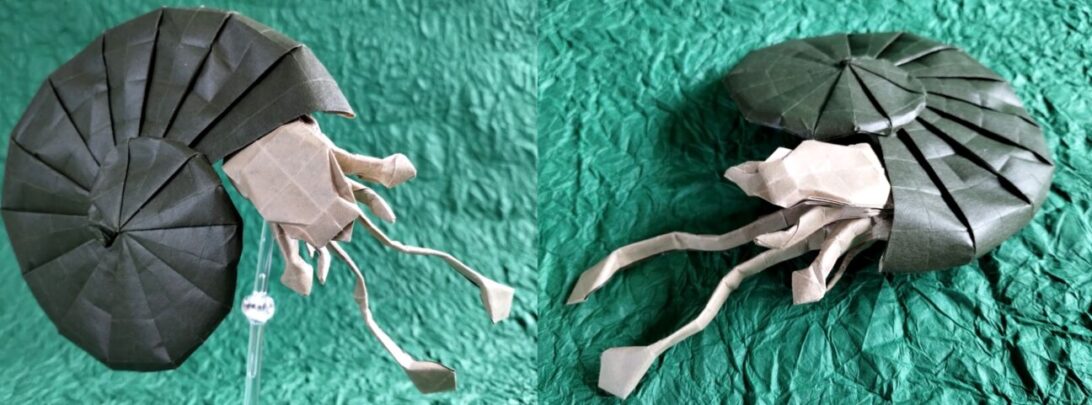All too rarely does an origami fold feel autobiographical, but when I first saw the CP and published fold of Neelesh Kumar’s “Experience”, I knew I needed to try it:

From a SINGLE uncut square we have 2 separate fully formed characters – an elderly wizened “know it all” and a youngster at the beginning of a large book he is holding. The clever narrative thread is that they are connected by the the beard that morphs into the book.

“Experience” is many things to many people: knowing when to shut the fuck up and when to assert your opinion, a willingness to pass on what you know, knowing what you do not know, knowing what to say when.

This clever boxpleat is one of many NK specialises in, and I am not sure i have done it justice, but the character of the model asserted itself in the folding process so I went with the flow.
I struggled with the whole transition between characters, and initially completely forgot the collapse that formed the book, needing to un-do the little person almost completely before doing the book crenellation. Based on a 40×40 grid, the face of the elder was feature-rich, but the face of the younger very plain – I sort of muddled along, thinking the concept was as important as the detail.
Continue reading
























